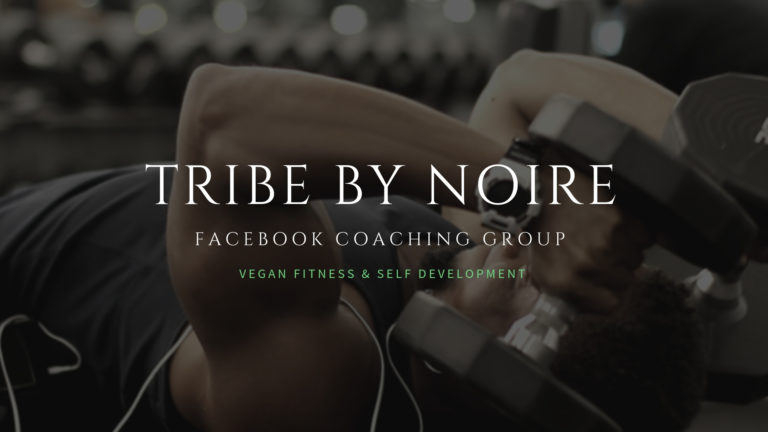The 2 Diet Traps Of Skinny Fat
Being skinny fat is this frustrating paradox where you’re both skinny and fat at the same time. Its having skinny arms and legs, while having a high concentration of body fat wrapping around your torso. If this describes your situation, you’ll definitely want to take this info in.
- The skinny fat dilemma
- The body recomposition solution
- The quality over quantity diet
- Intermittent fasting & fat cutting
The Skinny Fat Dilemma
Here’s the dilemma in a nutshell. Do you focus on losing weight, or do you focus on gaining muscle? Here’s the problem with this mode of thinking. When you focus on losing weight, you do things like cut calories and increase how much cardio you do. This leads to you being even MORE skinny fat, because you end up losing muscle and retaining fat from under fueling the body. You can go the other way and focus on gaining muscle. This is not a bad idea outright but most people do this wrong. People typically take the approach of bulking where they focus on increasing calories and training hard. This often results in muscle gain, but even more fat gain. This leads to you being a heavier version of your skinny fat self.
The Body Re-composition Solution
The one and only true solution to the skinny fat trap is not cutting or bulking, but total body re-composition. Following the law of exchange you’d build muscle and drop body fat at the same time. Body fat is just stored energy, so you’d use that energy to fuel the training that leads to the muscle building. Instead of focusing on food quantity, you’d focus on food quality.
As far as training goes, you need a training program that is geared toward increasing muscle size. This program should focus on resistance training where the volume is high and the training load is moderately heavy. This leads to maximizing your muscle’s time under tension.
Think of your body as a pie. A certain ratio of your body is lean mass and the rest is fat mass. When you’re skinny fat, your body fat mass percentage is high, and your lean mass percentage is low, too low. As you gain more muscle, your lean mass ratio will increase, thus decreasing your fat mass ratio. You’re basically gradually inverting the fat mass to lean mass ratio.
Quality Over Quantity
Retaining all of your body fat around your torso is an indication of poor gut health. Its important to understand that everything you put in your mouth is either improving your gut health or destroying your gut health. With this understanding it becomes pretty clear that your diet should be centered around quality rather than quantity.
Everywhere you look there’s some fitness expert telling you to make better food choice, but not many of them actually explain what qualifies as a “better” food choice. The most you’ll get is “avoid processed foods”. That’s a good start, but lets take it a step further. Quite simply put, you want to target plant based whole foods.
Think about this. If you had a chronic illness, or just plain ol obesity, what would a qualified doctor tell you to eat? I guarantee they’d tell you to eat more fruits and vegetables. To be specific, you want to target plant based whole foods. These types of foods all possess 3 key things.
Antioxidants
antioxidants protect cells from damage and or slow down deterioration. A few examples of antioxidants are beta-carotene, lycopene, and vitamin C. The only foods that have antioxidants in them are plant based. A few foods that possess the highest levels of anitoxidants are, goji berries, artichoke, dark chocolate, pecans, kidney beans, and cilantro.
micro-nutrients
micro-nutrients consists of all vitamins and minerals. These nutrients are absolutely essential for overall health including digestive health. Vitamin B is essential to the absorption and utilization of carbs, protein, and fat for energy. Vitamin C is needed for the production of collagen. This is especially important for maintaining the tissue quality of the digestive tract. Vitamin A maintains a healthy gut lining. Copper facilitates protein absorption. Potassium eliminates waste from the body. Selenium is needed for pancreas function. All of this is abundant in plant based foods.
Fiber
There are 2 main types of fiber found in food called soluble and insoluble fiber. Soluble fiber dissolves in water and regulates blood sugar levels, cholesterol levels, helps to create stomach acid for digestion, and protects stomach lining. Insoluble fiber does not dissolve in water, but instead helps to clean the intestinal walls, add bulk to your doodoo for an easy time in the bathroom, and feeds your good gut bacteria.
Plant Based Whole Foods Are The Key
When choosing foods for your diet remember this check list. Antioxidants | Micro-nutrients | Fiber. This doesn’t have to be 100% of your diet, but it should be at least 70% of it. There are 5 categories of food to target here.
- fruits
- vegetables
- nuts & seeds
- grains
- Legumes
As long as you target these 5 categories daily, you’ll have a balanced and exciting diet that is easy to stick to. Finally to close on this topic, TRACK YOUR FOOD!! My top two picks are a couple of mobile apps called My Fitness Pal & Cronometer. This is key to knowing exactly how much of all the nutrients your getting and what you’re missing.
Intermittent Fasting
Aside from how you train and what you eat, when you eat can maximize your progress. This leads into one of the best strategies you can possibly use for cutting body fat, FASTING! There’s several different types of fasting for different reasons, but for anyone new to fasting for fat loss, intermittent fasting is the type I recommend.
Intermittent fasting is where you have a daily eating window 6-8 hours and a fasting window of 18-16 hours. Basically the goal is to get all of your eating done for the day in a shorter time frame and then not eat for the other 16 to 18 hours. You won’t be eating during the fasting window, so you’re body will be mostly using your body fat as energy.
The before and after picture of me at the top of this article is where I went from 15% body fat to 7% bodyfat. I made the largest body fat cut I’ve ever made in my entire life while gaining muscle, using this strategy. Not only has this worked for me, but it is currently working for my clients as well.
Tribe By Noire

I’ve created this platform to help you become the most powerful version of yourself through fitness, plant based nutrition, and mindset coaching.
copyright © 2018 Tribe By Noire. All Rights Reserved
